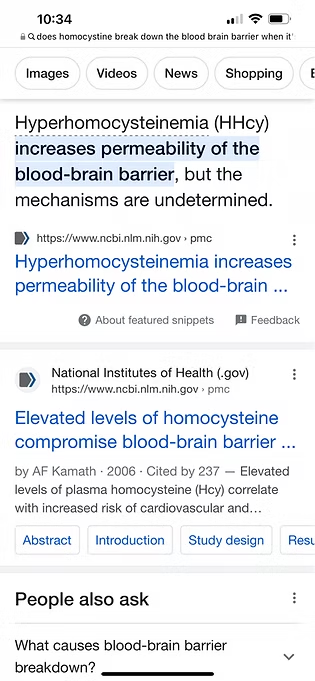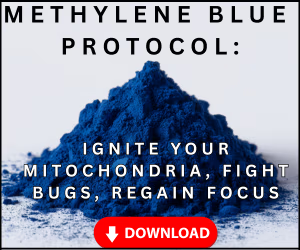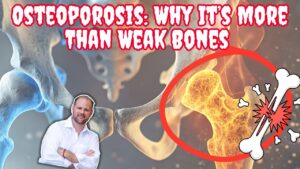Allow me to cut through the clutter and draw your attention to something that’s been under your radar – homocysteine. This unassuming amino acid might not be part of your daily chatter, but its levels can wield a colossal impact on your brain’s health. Let’s break this down into digestible bits, shall we?
High homocysteine levels? Your brain’s protective shield, the blood-brain barrier, is put on red alert. What does that spell for you? Simply put, it’s an open invitation for any inflammation floating around in your blood to cross this barrier and wreak havoc in your brain, given your homocysteine level is cranked up.
A Real-Life Illustration: When Homocysteine Levels Get out of Hand
Let’s take a peek into a client’s lab report to make this all a bit more tangible. Exhibit A: A homocysteine level hitting 44.6. Now, if we shuffle our eyes to the reference range column, it screams 0 to 14.5. Spotting the disparity yet?
Homocysteine: The Sweet Spot
The golden range for homocysteine, you ask? Ideally, I’d prefer it hovering between 5 and 6. So, any score above this range is a blaring siren of your blood-brain barrier turning into a leaky sieve, letting an array of peculiar neurological problems flood in.
Four Simple Steps to Lower Your Homocysteine Levels
Feeling overwhelmed? Fear not. Here are four straightforward steps you can take to keep that homocysteine in check.
Step 1: Welcome Folate (B9) into Your Diet
First up, give a warm welcome to folate or its alter ego, B9.
Step 2: Embrace Methyl B12
Next on the list is Methyl B12. Make no mistake, this one’s a game-changer.
Step 3: Get Friendly with B6
Now, it’s time for B6 to make an entrance. Don’t underestimate the power of this little nutrient.
Step 4: Reach Out for Riboflavin (B2)
Finally, invite Riboflavin or B2 to the party. This one’s the icing on the cake.
Instead of juggling these separately, you could opt for a composite product boasting a medley of active B vitamins to make your life easier. Remember, keeping a vigilant eye on your homocysteine levels is crucial. If the readings start climbing, aim to bring them down to a comfortable 5 to 6.
If this has been enlightening for you, I’d appreciate it if you could share it with someone who might also benefit. Let’s embark on this journey towards better cognitive health together!
Frequently Asked Questions (FAQ)
High homocysteine damages the blood-brain barrier, making it "leaky." This allows toxins and inflammation from the blood to enter the brain, increasing the risk of cognitive decline and dementia.
The ideal, optimal range is between 5 and 6 umol/L. Standard lab ranges (often up to 14.5) are too permissive; a lower level is crucial for protecting the brain.
The most effective way is by supplementing with active B vitamins: Methylfolate (B9), Methyl B12, B6, and Riboflavin (B2). These vitamins help your body convert homocysteine into harmless substances.









